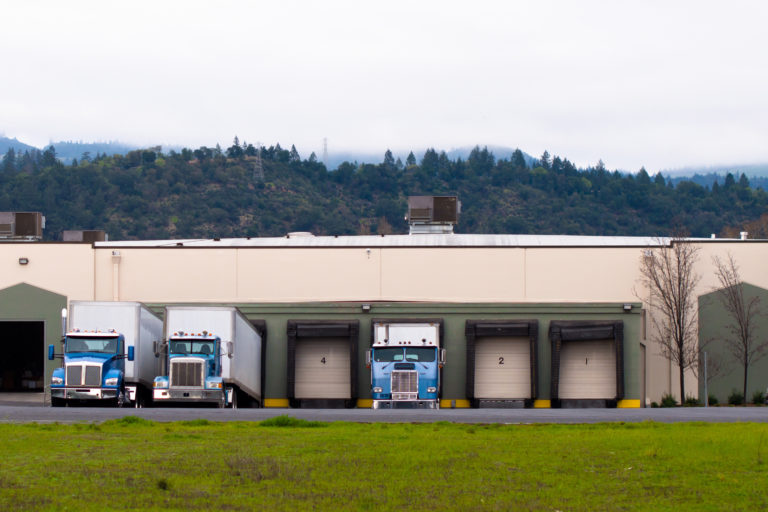The fall shipping season is done for another year and it was a crazy one! With very little carryover and equipment shortages, meeting delivery deadlines was a challenge.

Looking ahead, on December 18th the new Electronic Logging Device (ELD) rule goes into effect. This will not change the current hours of service rules, just the way they are recorded. With this new rule, there will be no way for a truck driver to stretch the truth at all. This will mean drivers may have to stop early so they are not stuck alongside a road or in your loading dock. This will also make loading and unloading time more critical than they already are as drivers are only allowed to be on duty for 14 hours from the time they start the truck. They must have a rest period of 10 hours. This will mean that trucking companies will want to have a set loading/unloading appointment. This may also mean there will be an increased shortage of trucks. The ELD equipment and support software can be expensive, this will potentially price some small carriers and the owner/operators out of business.
There is a driver shortage as it is. Some trucking watch groups are figuring there are around 50,000 unfilled truck driver positions throughout the country today. They also see the trend continuing and by 2025 there will be as many as 174,000 drivers positions unfilled. This will mean an increase freight costs as trucking companies must offer more money to lure people away from other jobs.


Rail shipments will also feel the effects of driver shortages. This last fall, there were more loads to haul to the rail than there were drivers to haul them. This created a delay of around five to seven days on some loads. This trend will probably continue into the peak shipping seasons of 2018. A big factor in the shortage of dray capacity is the rate difference between over-the-road rates and rail rates. From Oregon to the East Coast, rates can be anywhere from $1,000 to $2,000 and when sales can be lost over a few pennies, the extra freight cost can be a big issue. More and more freight will be shipped by rail. Last fall some of the rail companies were adding a $200 congestion charge. This charge will most likely happen again in the fall of 2018.
The best way to avoid unnecessary delays is to order early, if possible, and be flexible on your shipping dates. Shipping in the off-season will save you time and a little money.

To read more about these new electronic log rules, click here.
For a printable, PDF version of this blog, click below.




